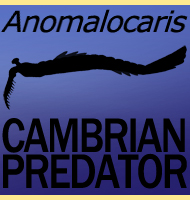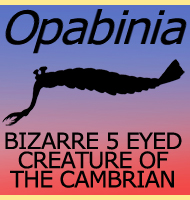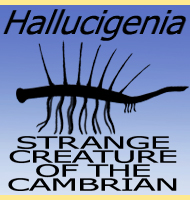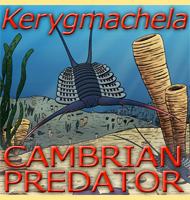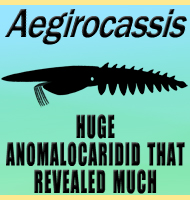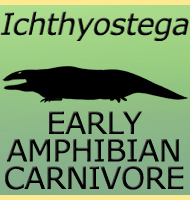


Pikaia
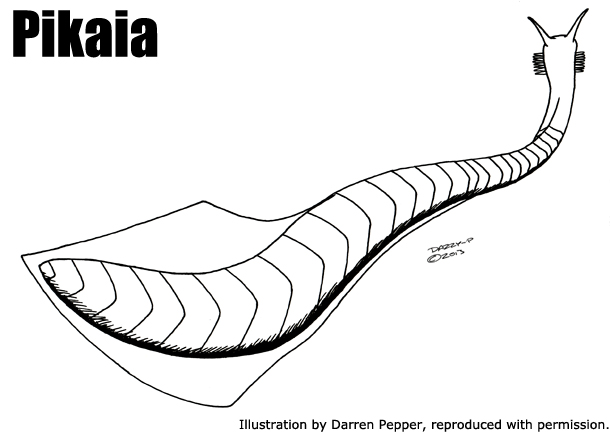
Name: Pikaia
(after Pika Peak).
Phonetic: Pik-ay-ah.
Named By: Charles Walcott - 1911.
Classification: Chordata, Cephalochordata?
Species: P. gracilens
(type).
Diet: Uncertain.
Size: Around 38 millimetres long.
Known locations: Canada, British Columbia -
Burgess Shale.
Time period: Middle Cambrian.
Fossil representation: Many individuals.
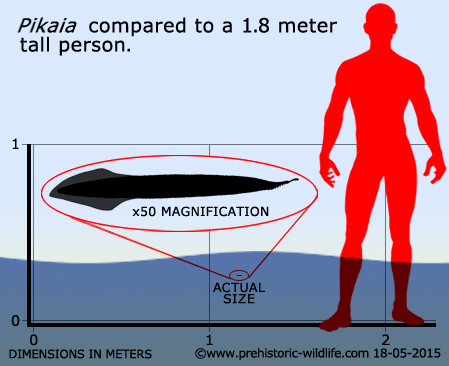
Pikaia
has been one of the most talked about creatures discovered from the
Cambrian era Burgess Shale, yet there is still controversy over
exactly what it was. In 1979 Simon Conway Morris noted the
presence of a proto-notochord, an anatomical structure that later
creatures would develop into a spine creating the first true
chordates. Chordates are better known as vertebrates, animals that
have a hard backbone that also includes human beings. Morris however
went so far as to suggest that Pikaia was itself a
chordate, which in
turn has led to popular speculation that Pikaia may
have been ‘the’
ancestor to all vertebrates, including humans.
This
is the main source of the controversy surrounding Pikaia,
because not
everyone is convinced that Pikaia are even
chordates at all. It has
been suggested to have had a segmented exoskeleton as well as the
presence of short tentacles, both anatomical features of
invertebrates, creatures without a backbone. In fact, when Pikaia
was first described by Charles Walcott in 1911, it was as a kind of
polychaete worm. Today Pikaia is more commonly
envisioned as a
cephalochordate, similar to the lancelets that we know today. With
this in mind Pikaia might have been related to the
true ancestors of
the chordates, yet was still separate from them.
The
exact lifestyle of Pikaia is still uncertain, due
to its similarity
to lancelets it was probably a free swimming creature that moved
through the water with side to side undulations of its body. As it
swam through the water it may have picked up small morsels of organic
matter that were then digested in the gut. Although merged with the
body, Pikaia is noted for still having a distinct
head.
Further reading
- The Middle Cambrian fossil Pikaia and the
evolution of chordate
swimming - T. Lacalli - 2012.
- Organic preservation of non-mineralizing organisms and the
taphonomy of the Burgess Shale - N. J. Butterfield - 1990.
- Pikaia gracilens Walcott: stem chordate, or
already specialized in
the Cambrian? - J. Mallatt, J & N. D. Holland - 2013.
----------------------------------------------------------------------------
Random favourites
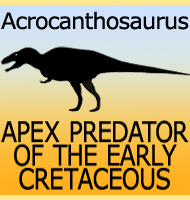 |
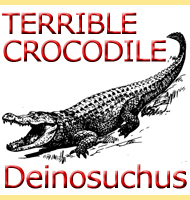 |
 |
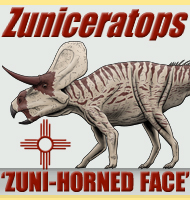
|
